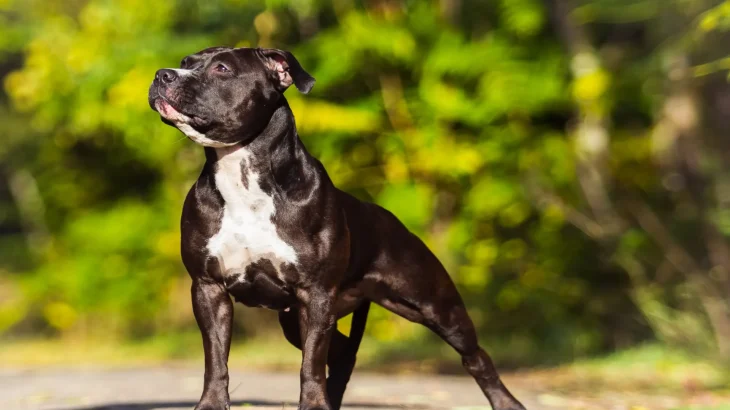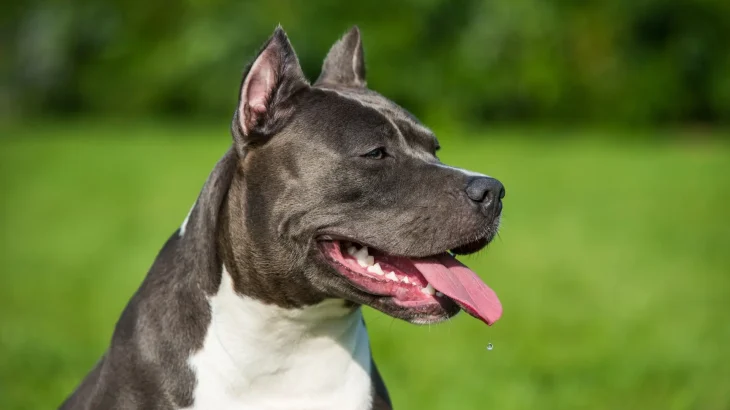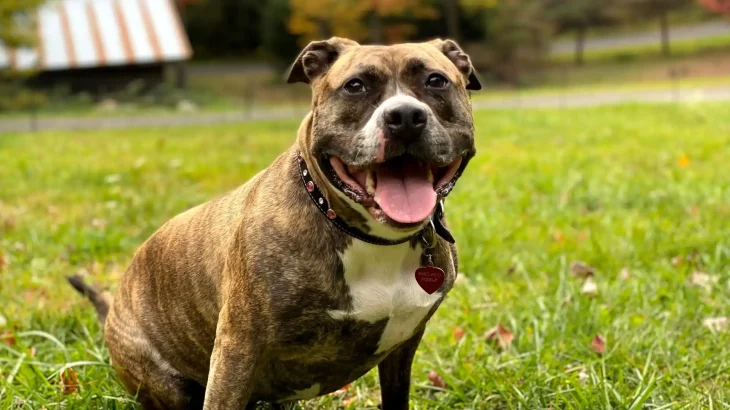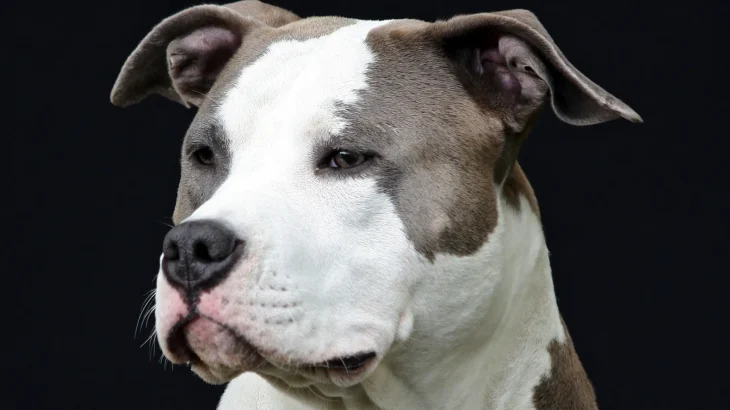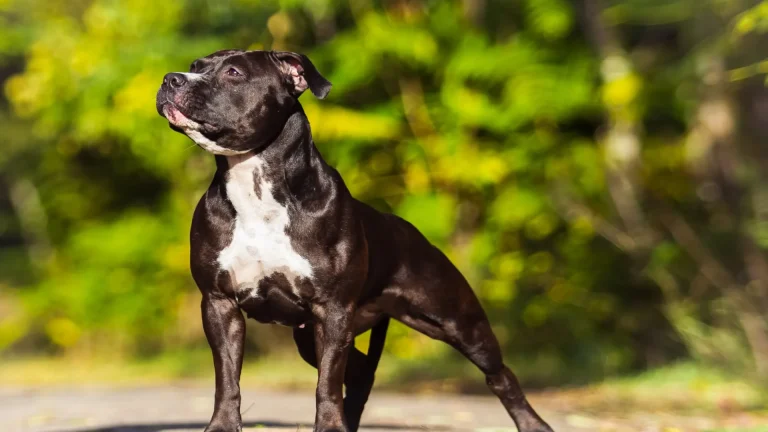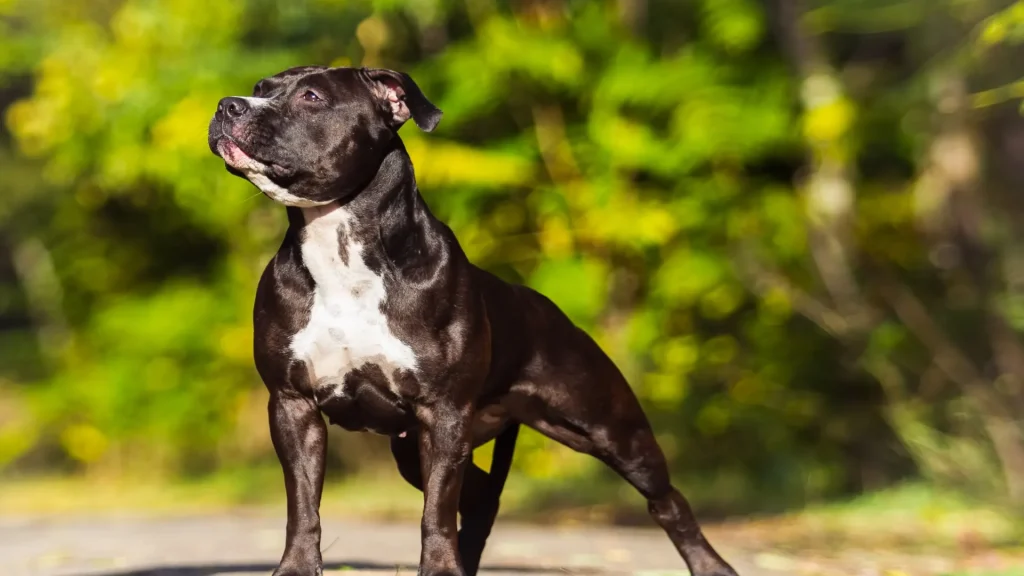When deciding between adopting or purchasing an American Staffordshire Terrier puppy, the choice often hinges on priorities like health transparency, cost, and supporting ethical practices. Purchasing from a breeder usually offers more certainty about the puppy's lineage and health history, while adoption can be a rewarding option for giving a dog in need a loving home.
Adoption vs. Breeder: Pros & Cons
| Criteria | Buying from Breeder | Adopting from Shelter/Rescue |
|---|---|---|
| Cost | Typically higher initial cost, reflecting purebred status and lineage verification. | Lower adoption fees, making it a budget-friendly choice. |
| Health History | Breeders provide detailed health screening and genetic history. | Health history might be incomplete but basic vet checks are performed. |
| Age Availability | Mostly available as puppies, allowing you to raise them from an early age. | Varied ages available, including adults and seniors. |
| Temperament Insight | Breeders can share lineage traits and temperament expectations. | Shelter staff can provide observations, though full background may not be known. |
| Supporting Practices | Supports responsible breeding programs when choosing reputable breeders. | Contributes to animal welfare by rescuing dogs needing homes. |
| Ethical Considerations | Important to ensure breeder follows ethical practices to avoid puppy mills. | Adoption typically encourages ethical treatment and reduces shelter overcrowding. |

